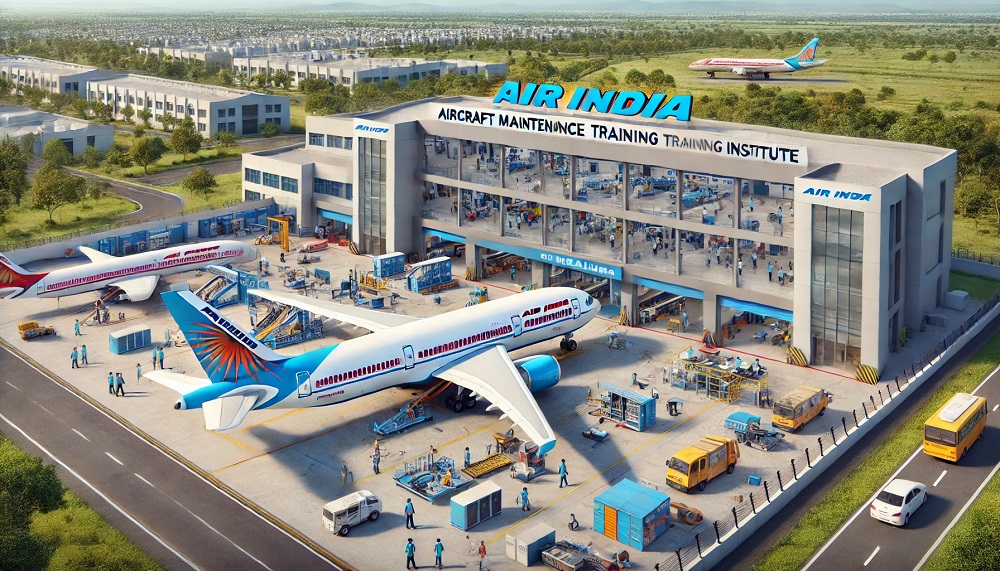Aviation
Etihad boosts network across Asia: Iconic A380 heads to Singapore and Thailand

Etihad Airways is making bold strides in its Asian operations, enhancing travel experiences with its renowned A380 and expanded flight frequencies to Thailand.
Starting from February 1, 2025, Etihad will begin A380 services to Singapore’s Changi Airport (SIN), marking the city as the fourth major destination to enjoy the unparalleled luxury of the double-decker aircraft. This follows the introduction of A380 routes to London, New York, and Paris, the latter being served from November 1, 2024.
By the start of 2025, Etihad will have six of its A380s in operation, underscoring the airline’s commitment to offering exceptional service on key routes. The A380’s return to the skies has been highly anticipated, with its ability to bring a touch of elegance to air travel.
Etihad premium economy vs Emirates premium economy: Which Airline Is Best?:Click here
Economy passengers will appreciate the 68 extra-legroom seats and 337 Smart seats, designed with innovative fixed-wing headrests and large pillows, ensuring a comfortable journey.
On the upper deck, the Business Studios™ offer 70 private spots, complete with premium amenities crafted in collaboration with Armani/Casa and Wi-Fi connectivity for a productive and luxurious travel experience. First-class travelers will be treated to nine First Apartments, each a haven of luxury with leather chairs, a large ottoman-bed, designer tableware, and personal amenities.
The pinnacle of the Etihad experience is The Residence, the world’s only three-room suite in the sky, a380 capacity offering an unparalleled level of comfort and service, including a private living room, bedroom, and an ensuite bathroom with a shower.
Etihad Airways set to reintroduce its much loved A380 fleet:Click here
Meanwhile, Etihad is significantly expanding its presence in Thailand. Responding to customer demand, the airline will increase its flights to 41 per week from October 27, 2024. Bangkok will see three daily flights, providing travelers with greater flexibility and convenience when planning their trips. etihad premium economy Phuket, a top beach destination, will benefit from 20 weekly flights, allowing visitors to maximize their time enjoying the island’s natural beauty and cultural heritage.
These additional services are now open for booking, and travelers can enjoy a complimentary stopover in Abu Dhabi when booking through etihad.com. This promotion offers the perfect opportunity to experience the vibrant UAE capital, with a free stay of up to two nights at a preferred hotel, making every journey with Etihad truly memorable.

Airlines
Air India to Launch aircraft maintenance training institute in Bengaluru

Air India, one of India’s leading global airlines, is set to establish a Basic Maintenance Training Organization (BMTO) in Bengaluru.
This institute will offer a comprehensive Aircraft Maintenance Engineering (AME) program certified by the Directorate General of Civil Aviation (DGCA). The program will follow an integrated 2+2 year structure, combining classroom learning with practical, hands-on training.
This initiative is part of Air India’s broader goal of creating a robust aviation ecosystem in India. With plans to expand its fleet and strengthen its operations, the airline aims to build a skilled workforce of maintenance engineers, making the organization self-reliant while supporting its ambitious transformation journey.
This country tops visa rejections in the popular Schengen countries
To bring this vision to life, air india has partnered with Bengaluru Airport City Limited (BACL), a subsidiary of Bangalore International Airport Limited (BIAL). Together, they will develop a state-of-the-art facility spanning 86,000 square feet at Bengaluru Airport City.
This purpose-built campus will feature modern classrooms, well-equipped laboratories, and qualified trainers to deliver world-class education and training. The institute is expected to become operational by mid-2026.
The BMTO will be located close to Air India’s new 12-bay Maintenance, Repair, and Overhaul (MRO) facility, also set to open in Bengaluru by early 2026. The AME program will begin with two years of academic coursework, followed by two years of practical training at the MRO, ensuring students receive hands-on experience adhering to industry standards.
Sanctions & Engine Issues Ground Half of Russia’s A320neo fleet
In the meantime, Air India has introduced a Cadet AME program in collaboration with reputable institutions in Bengaluru and Hyderabad.
This ensures continuity in its commitment to developing skilled aircraft maintenance engineers while the BMTO facility is under construction. The program also allows students to pursue a bachelor’s degree through university partnerships, enhancing their career and academic opportunities.
With this initiative, air india plane aims to address the growing demand for skilled professionals in aircraft maintenance and engineering, air india new planes contributing to the development of India’s aviation sector and creating specialized career paths for aspiring engineers.
-

 Aviation2 months ago
Aviation2 months agoMicrosoft Flight Simulator Raises $3 Million to Bring Back the An-225 Mriya
-

 Airlines2 months ago
Airlines2 months agoQatar Citizens Can Travel to the United States Without a Visa
-

 Aviation2 months ago
Aviation2 months agoQatar Airways bans these new Electronic Devices on plane
-

 Airlines2 months ago
Airlines2 months agoJapan Airlines Rolls Out Free Domestic Flights to International Passengers
-

 Defence2 months ago
Defence2 months agoWhich Country Has the Largest Fleet of Fighter Aircraft?
-

 Airport2 months ago
Airport2 months agoWestern Sydney Airport Welcomes Its First Plane After 6 Years of construction
-

 Travel2 months ago
Travel2 months agoQatar Airways Launches Four Additional Flights from Amsterdam
-

 Aviation2 months ago
Aviation2 months agoDid you know ? Once Boeing 747 carried 1088 passenger in 1991








